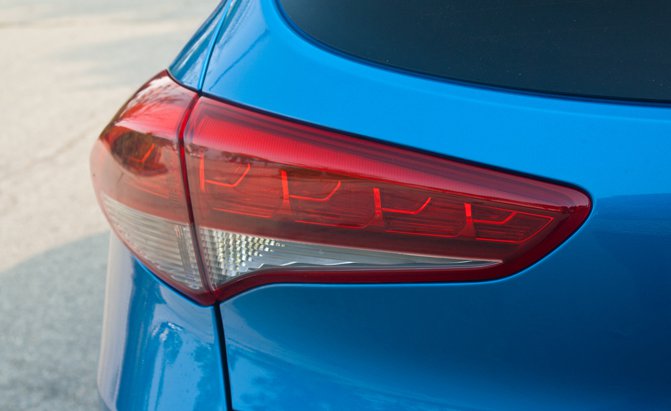Over the past hundred years, automakers have taken many steps to advance safety technology, making sure you get where you need to go safely.
Seat belts, airbags, anti-lock brakes, traction control, and strict crash safety standards are now the norm in cars. Most people already know about these features, but there are some lesser known features out there that are keeping you safe without you even knowing it.
Here are five safety features you might not know about.
Brake Shift Interlock
Since 2010, all vehicles in the U.S. with an automatic transmission have come with a brake shift interlock. This system prevents the car from going into gear without the brake being applied, which is designed to prevent rollaways when the gear selector is inadvertently knocked out of place.
Transmission Locked in Park if Brake Light Burns Out
Brake lights are a very well known vehicle safety feature that have been used for decades to warn drivers behind you that you’re slowing down. Driving without brake lights can be very dangerous, so if your car is in park and a brake light switch or fuse isn’t working, the transmission will lock in park to prevent you from driving. The brake light switch sends a signal to the shift interlock solenoid when the brake pedal is depressed, which causes the interlock to release, but not if the switch is burnt out. This results in the shifter being stuck in park. This feature is present on many car models, such as the Nissan Pathfinder and Altima, for example. Thankfully, this problem is pretty easy to identify, as all you have to do is have someone stand behind your car while you step on the brakes so they can see if the lights work or not. There should be an override button you can use that unlocks it so you can drive your car to get it fixed.

Mercedes Pre-Safe Sound
When a car gets T-boned, a lot of pressure changes happen in the cabin, which can cause damage to your ears. The new Mercedes-Benz E-class has a technology called PRE-SAFE Sound that protects your ear in this scenario. The E-Class detects when a collision is imminent, and then its stereo sends a “short interference signal,” which is basically a loud tone, just before the crash to trigger the ear’s reflex, causing a muscle in your ear to contract. This effect essentially helps your ear mute itself against the high-pressure sounds of the crash and airbag deploying.
Ford F-150 Wheel Blockers
All new Ford F-150s have high-strength steel bars in front and behind the wheel well to reinforce the wheel well in the event of a small overlap accident: If the wheel wells are stronger, it protects passengers. This vehicle safety feature came after F-150s produced conflicting results in the IIHS’s small overlap test, in which the trucks were crashed head-on into a stationary object where the vehicle and the object only partially overlapped at the wheel. The trucks didn’t perform as well in the small overlap crash as they did in a full, head-on collision, so the new safety feature was added, resulting in it becoming a top safety pick.
Driver Drowsiness Detection
Some vehicles are so advanced that they can even tell when drivers are dozing off or getting too tired to drive. Driver Drowsiness Detection has been available for a few years now, and essentially detects signs that the driver might be falling asleep, and takes steps to wake them back up or suggest they take a break from driving.
Most of these systems monitor a few main factors to decide if drivers are alert or not: steering patterns, if the vehicle is drifting out of lanes, and also keeping tabs on the driver’s eye/face movements. If drivers aren’t making enough steering corrections over a certain amount of time, if they are swerving around in the lane too much, or if their eyes are starting to squint and close, the vehicle will make loud beeping noises and set off alarms to wake up a driver or encourage them to stop the car and take a break. Several manufacturers have their own systems, so the specifics will vary. Nissan’s is called Driver Attention Alert, Volkswagen has Fatigue Detection system, and Mercedes-Benz has Attention Assist, to name a few.



Leave a Reply